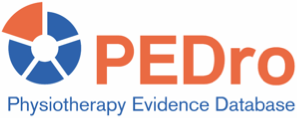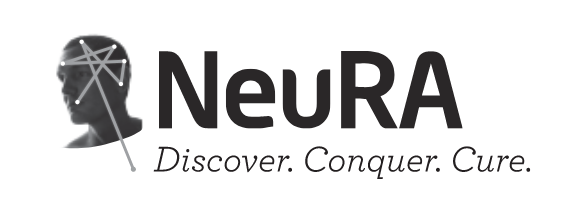This page contains press releases from PEDro:
1. 5 myths busted
There are downsides to just letting myths live on. Spending time and money on treatment that does not work often means that people miss out on the things that would improve their health.
5 myths have been busted by PEDro (which celebrated its 15th anniversary in October 2014). We examined common misconceptions and linked them to robust evidence that disproves these ideas.
- Myth 1: The type of mattress you sleep on prevents back pain
Almost 80 per cent of people suffer from back pain at some point in their lives. But no high-quality clinical research has been undertaken to answer the question around whether a particular type of mattress will prevent back pain. Any suggestions to the contrary are likely to be marketing tools. - Myth 2: Stretching prevents injury and muscle soreness in recreational runners
Millions of people around the world get their exercise from running. We’re often told we should warm up with stretches before we start, or stretch after we finish. But reviews have proved that this makes no difference to muscle soreness or injury prevention. - Myth 3: You should wear a neck brace if you have a whiplash neck injury
No, these don’t aid recovery. Whiplash occurs in around 60 per cent of road accidents. We sometimes see celebrities wearing a neck brace after suffering whiplash, but these neck braces do not make any difference to recovery from whiplash. - Myth 4: Ultrasound enhances recovery after ankle sprain
Ankle sprains are the most common sports injury. There are many websites stating that ultrasound may aid ankle sprain recovery, but high quality clinical research has proved this is not true. Ankle sprains get better pretty quickly, regardless of intervention using ultrasound. - Myth 5: Incentive spirometry prevents complications in those undergoing upper abdominal or cardiac surgery
Incentive spirometers are devices into which patients blow to help them take deep breaths. Given that abdominal and cardiac surgery are common, this means that many hundreds of thousands of patients are being given these devices and told their use will aid in recovery. We can pinpoint robust and major clinical research proving that incentive spirometry doesn’t prevent complications after upper abdominal surgery or cardiac surgery.
Patients should consult their physiotherapist or doctor before making any changes to treatment.
2. 5 exercise tips
Unfortunately, people tend to under-estimate the role of exercise in health care. Exercise is not just for getting fit; most would be surprised by the range of important health conditions that can be helped by the right type of exercise. Exercise can help millions of people, from babies to the elderly.
It is important to understand that there are many different forms of exercise and you need to use the right approach to get the best results. Sometimes people don’t appreciate this important fact. That is why advice from a physiotherapist can be so useful. Guided by the evidence on PEDro they can help set you up with the specific exercise program that will make a difference to your life.
We searched PEDro (which celebrated its 15th anniversary in October 2014) to find five common health conditions proven by high-quality clinical research to benefit from exercise.
- Tip 1: Pelvic floor muscle training improves urinary incontinence in people with stress or any type of urinary incontinence
Exercise is the first-line treatment for urinary incontinence. Urinary incontinence is estimated to affect more than 200 million people worldwide. The best way to improve this is by sticking to specific exercises. - Tip 2: Therapeutic exercise decreases pain and improves function in people with knee osteoarthritis
Exercise has similar effect size as pharmacological treatments in knee osteoarthritis. People with hip osteoarthritis are also likely to benefit from exercise. Over 10% of people over 60 years suffer from osteoarthritis of the knee, with women more likely to be affected than men. Many people could benefit from drug-free treatment that has the same size of effect as medicines, without the same side effects. - Tip 3: Physical training decreases death, breathlessness and fatigue and improves health, quality of life and function in people with chronic obstructive pulmonary disease
An estimated 64 million people had chronic obstructive pulmonary disease worldwide in 2004. There’s a lot exercise can do to offset the effects of chronic respiratory disease. - Tip 4: Exercise programs decrease the rate of falls and risk of falling for older people living at home
Around the world, 37.3 million falls occur each year that are severe enough to require medical attention. It’s a world-wide problem, particularly among those over 65. Exercise programs are one way to combat the risk. Balance exercise is the most effective. - Tip 5: Early intervention programs for preterm infants reduce motor delay
More than one in ten babies, or 15 million babies a year, are born too soon. Survivors can face a lifetime of disability. Studies show that physiotherapy programs for these babies help them with movement skills.
Patients should consult their physiotherapist or doctor before making any changes to treatment.



